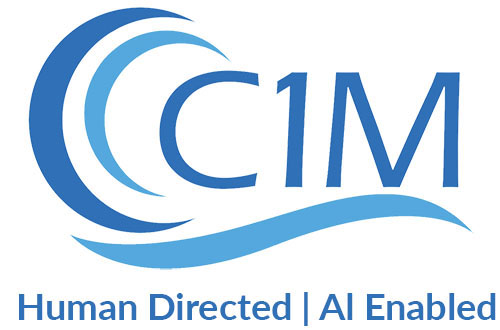
Humans naturally crave stories. It’s in our DNA.
Stories offer a basis for relatability — something we can see ourselves in; something we can emotionally connect to. The biggest selling point of storytelling is how apt a consumer is to remember your story, rather than simple facts and figures.
As a brand, you need a story. A story takes personal background or anecdote and ties it into your brand’s mission. At its core, storytelling builds relationships.
To discover your brand’s story, consider these 5 “blueprints.”
1. Out with the old, in with the new.
This storyline defines your offering as the best in a particular arena. Perhaps you’re the fastest, cheapest, newest, etc. In essence, your brand is a disruptor.
The core of your brand story is taking an old process or product and giving it a facelift; you’re doing what no one else is doing because they are too afraid or your idea is too “out there.”
For example, before Airbnb came along, the idea of sleeping in a total stranger’s home was almost inconceivable!
Keep in mind, if you are positioning yourself as the disruptor and adapt your brand to this storyline, be sure you’ve actually “disrupted” something, otherwise you’re offering a false promise.
2. There’s no one like us.
You saw a void, a need no one was filling, and you stepped up to the plate. Consumers love this story because they want brands to fill a missing gap in their needs.
Essential in this storyline is for the consumer to recognize the problem or void.
This storyline is also highly relatable because the founder/CEO is essentially saying, “I was just like you and I decided to fix it.”
Here’s the funny part about this storyline: you don’t necessarily have to be one-of-a-kind; you just need to convince your audience, your offering is different.
For example, take Porsche’s famous tagline is “There is no substitute.” Is that 100% true? Of course not — there’s Ferrari, Lamborghini, Mercedes Benz and so on; but if Porsche can convince their audience, there is truly nothing like their cars, then they’ve created an incomparable value.
3. We make your life easier.
This storyline is about more than just solving a problem — every product or service does that in some capacity.
The “problem-solver” storyline identifies a problem consumers didn’t even know they had, while simultaneously offering a solution. Or, the consumer may recognize the problem, but believe it to be unsolvable.
That is until your brand takes a crack at it.
Take Instacart, an Internet-based grocery delivery service, for example. Consumers are so accustomed to going to the store and picking up their own groceries, they never even considered there might be an alternative.
That is until Instacart came along and showed the busy consumer how much time they were wasting at the store and how quickly they could regain that time if they just ordered their groceries online and had them delivered straight to their door.
In one swift motion, Instacart identified a consumer problem and supplied an effective solution. This story is more about the solution than the product/service.
4. We’re in it for the greater good.
People like to feel good about their purchases and the companies they give their money to.
The philanthropic storyline takes the approach of a socially responsible business model — their mission is about giving back and doing something for the greater good. They enable consumers to feel like they’re making a difference.
Over the years, as more and more brands have jumped onto the philanthropic bandwagon, an agreement has arisen: a brand that changes lives is far more preferred (in the eyes on consumers) than one who simply gives away free things.
For example, with each shoe purchase, TOMS gives away a free pair of shoes to a person in need. Compare that to watch retailer, WeWOOD who plants a tree for every watch sold. See the difference?
For both brands, their story is their philanthropy, yet both take completely different routes.
5. You can trust us.
Transparency attracts consumers. If a consumer feels they can trust your brand, they’re more likely to purchase your product or service.
In this storyline, it’s important to make the consumer feel you are on their side, and not hiding anything. Consumers don’t like to be deceived or taken for granted.
In 2015, Domino’s went through an extreme rebranding campaign, and the route they took was not exactly subtle. In essence, they said, “look, we know our pizza is bad, and we’re going to make it better.”
They completely rebranded themselves and won the hearts (and stomachs) of millions simply by being honest about their product.
Another great example is Panera Bread who started with a “clean eating” campaign nearly three years ago.
The basis of their campaign was to tell consumers exactly what was in their products, including only ingredients free of artificial flavors, artificial preservatives, sweeteners and colors from artificial sources.
The response was massive, as consumers gained full transparency to what they were putting in their bodies, every time they ate with Panera.
Finding Your Brand Story
You may realize your brand story doesn’t fit into just one blueprint; you may take inspiration from several, but the key to remember is to make your story clear.
You can’t be everything to everyone, and if you try, you run the risk of diluting your message and connecting with no one.
Want to improve your digital marketing strategy? Schedule a Free Consultation with one of our experts, where we’ll provide tailored advice to how your digital marketing can be more successful.


